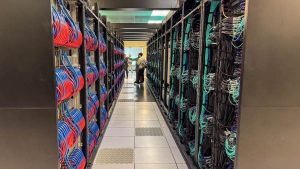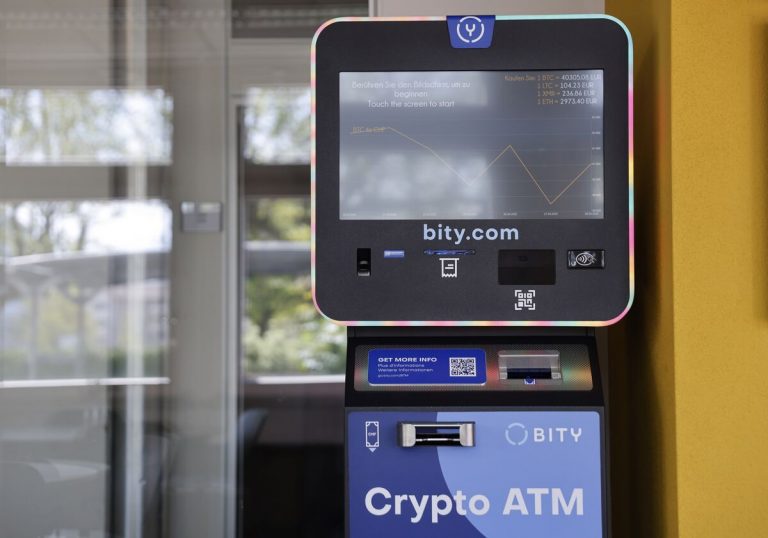Speaking in a scouse accent means you are more likely to be deemed a criminal, according to a new study identifying which harmful stereotypes about certain regional accents continue.
Whereas people with a “posh” Standard Southern British English (SSBE), also referred to as received pronunciation (RP), Queen’s English or BBC English,are seen to be most likely to report a family member to the police for a minor crime.
A University of Cambridge study sought to understand people’s perceptions of 10 different accents across the UK – and concluded listeners think some accents sound guiltier than others.
Lead author Alice Paver, from Cambridge University’s phonetics laboratory, published the peer-reviewed research on Friday in the Frontiers in Communication journal.
“Voices play a powerful role in the criminal justice system and police officers, lawyers and juries are all susceptible to judging voices based on stereotypes, whether they’re aware of it or not,” she said.

In terms of overall criminality, the authors found the RP accent was perceived as the least likely to behave in criminal ways, while the Liverpool and Bradford accents were the most likely.
But when it came specifically to sexual touching without consent, the RP accent was rated third, behind cockney and Liverpool accents.
The Glaswegian accent was most closely associated with honourable behaviour while Scouse was perceived as more likely to be aligned with general crime.
Geordies, from England’s north-east, were overall the biggest losers, falling several places for kindness, honesty, friendliness and trustworthiness than previous studies, while also deemed the least rich and least trustworthy.
The Brummie accent (from Birmingham), which was deemed to sound the most likely to be criminal in a similar 1997 study, came out better in this research compared to Bradford, Bristol, Liverpool, London and Newcastle.
The authors said theirs is the first research to identify links between listener perceptions of morality, criminality, and social traits and they warned of the disadvantage some people could face in the criminal justice system because of the way they speak.
Ms Paver said the finding that people with RP accents were more likely to commit sexual touching offences “simultaneously undermines certain traditional stereotypes about both higher status and working-class men.
“This may indicate shifting perceptions of the ‘type’ of man who can and does commit sexual offences,” she said.

The accents deemed most likely to commit a sex offence
1. London (cockney)
2. Liverpool
3. Standard Southern British English (SSBE), also referred to as RP
4. Newcastle
5. Bradford
6. Cardiff
7. Birmingham
8. Bristol
9. Belfast
10. Glasgow
Accents perceived to be most likely to take part in criminal behaviour (except sex offences)
1. Liverpool
2. Bradford
3. Newcastle
4. London (cockney)
5. Cardiff
6. Birmingham
7. Bristol
8. Glasgow
9. Belfast
10. Standard Southern British English (SSBE), also referred to as RP.
Ms Paver said the research suggests sexual offences “don’t really have an association with class in the same way that a lot of crimes do”, such as so-called blue collar or white collar crime.
“We also observed some other negative stereotypes about RP speakers; they were the most likely to report a relative to the police for a minor offence, and the least likely to stand up for someone being harassed,” Ms Paver said.
A group of 180 people, half of whom were male and half female, listened to recordings of the various accents and were asked to rate them on different social traits including sounding educated, intelligent, rich, working class, honest and aggressive.
Among the behaviours were: returning a lost wallet to its owner; standing up for someone who was being harassed; cheating on a romantic partner; reporting a relative to the police for a minor offence; driving dangerously; physically assaulting someone; shoplifting; touching someone sexually without consent and vandalising a shop front.
While the authors accepted the participant group was small, they said they believed it was still a representative group, covering all four nations of the UK and looking into more types of crime and a wider range of accents than previous studies.
Ms Paver said: “Our findings bring into sharp focus the disadvantage that speakers of some accents may still face in the criminal justice system.
“As things stand, listeners think some accents sound guiltier than others and we should all be concerned about that.”




























+ There are no comments
Add yours